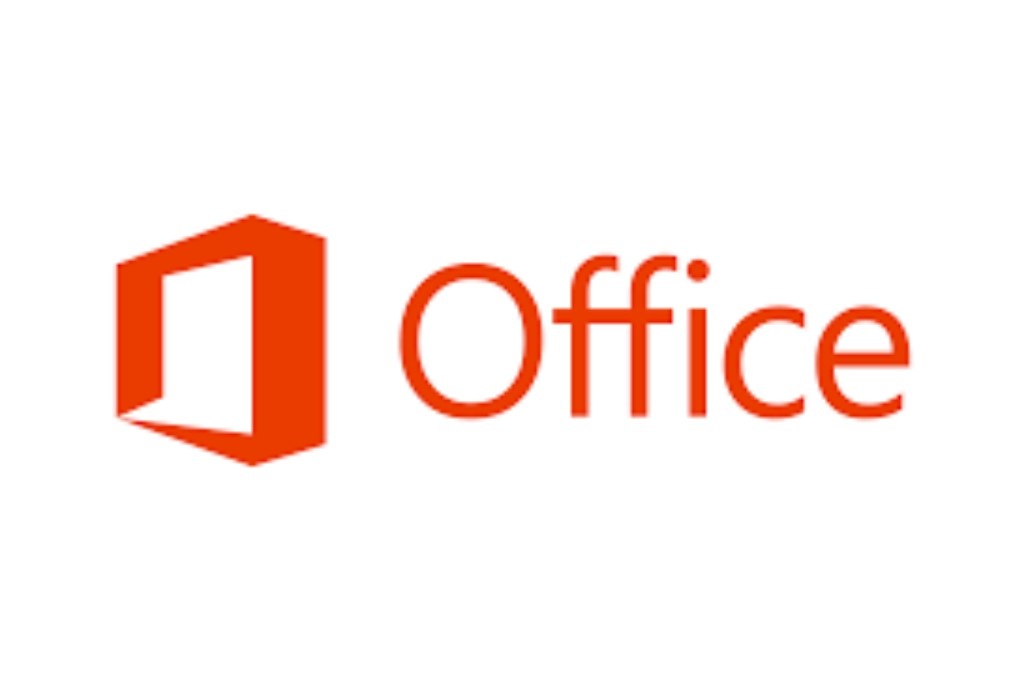Office Blog
Can I use Microsoft Office on a Virtual Desktop or Remote Desktop Environment?
As remote work and virtual desktop environments become more prevalent, many individuals and organizations are wondering if they can use Microsoft Office in these settings. The good news is that Microsoft Office is compatible with virtual desktop and remote desktop environments, allowing users to access the familiar suite of applications from anywhere. In this step-by-step guide, we will explore how to set up and use Microsoft Office in a virtual desktop or remote desktop environment. Whether you’re working from home or accessing your desktop remotely, this guide will help you leverage the power of Microsoft Office for seamless productivity and collaboration. Let’s get started!
Step 1: Assessing Licensing
- Determine if you have proper licensing to use Microsoft Office in a virtual desktop or remote desktop environment. Check your license agreement or contact Microsoft for clarification.
Step 2: Setting Up the Virtual Desktop Environment
- Deploy a virtual desktop infrastructure (VDI) environment using platforms like Citrix Virtual Apps and Desktops, VMware Horizon, or Microsoft Remote Desktop Services (RDS).
- Ensure that your virtual environment meets the hardware and software requirements specified by Microsoft for running Office.
Step 3: Installing Microsoft Office
- Launch your virtual desktop or remote desktop session.
- Visit the Microsoft Office website or use your organization’s licensing portal to download the installation files for the desired Office suite.
- Run the installer within your virtual environment and follow the prompts to complete the installation.
Step 4: Activating Microsoft Office
- Open any Office application, such as Word, Excel, or PowerPoint, in your virtual desktop.
- Click on “Sign In” to activate your Office subscription/license or enter the product key if applicable.
- Follow the on-screen instructions to sign in with your Microsoft account or enter your license information.
Step 5: Configuring Office Settings
- Customize the Office settings according to your preferences within the virtual desktop environment.
- Adjust options for auto-saving, collaboration, default file locations, and other settings based on your workflow needs.
Step 6: Accessing Office Applications
- Launch the desired Office application, such as Outlook, Word, Excel, PowerPoint, or OneNote, from the virtual desktop environment.
- Use the applications as you would on a physical desktop, creating, editing, and saving files within the virtual environment.
Step 7: Collaborating and Sharing Files
- Leverage collaboration features in Office applications to work with colleagues remotely.
- Use OneDrive or other cloud storage solutions integrated with Office for seamless file sharing and collaboration.
Step 8: Updating and Maintaining Office
- Regularly check for updates within your virtual desktop environment to ensure you have the latest security patches and feature enhancements.
- Configure automatic updates or schedule regular updates to keep your Office applications up to date.
By following these steps, you can successfully use Microsoft Office in a virtual desktop or remote desktop environment, enabling flexible and secure productivity no matter where you are located.
Elevate your productivity to extraordinary levels by acquiring Microsoft Office for unbeatable prices. Revolutionize your workflow and witness unmatched efficiency and output.

